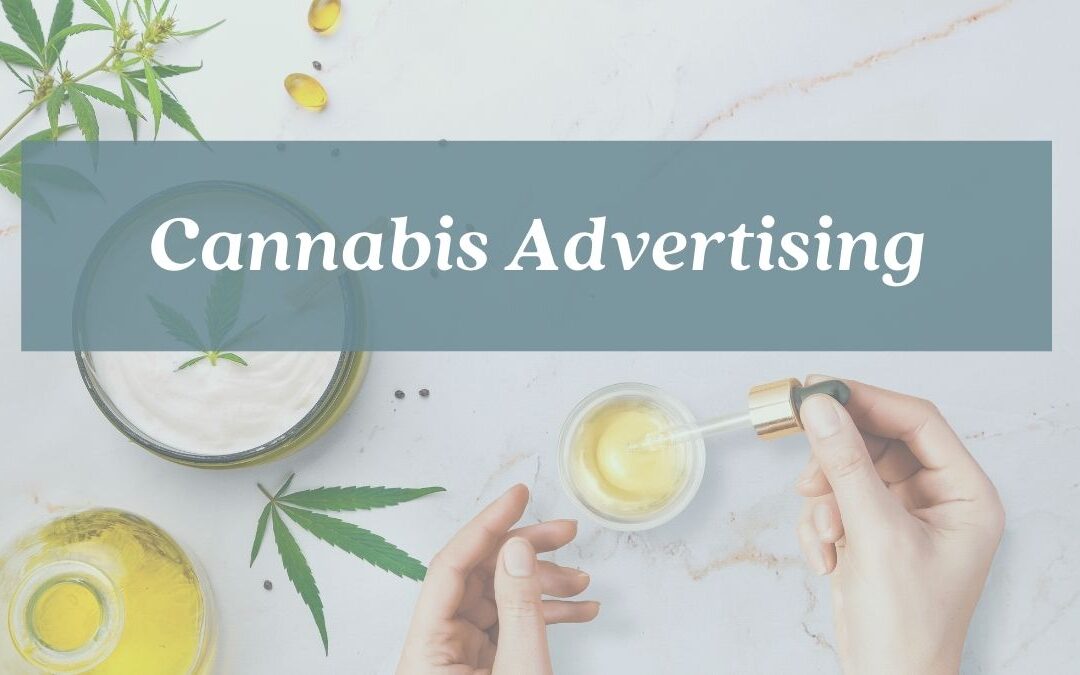The industry of cannabis is growing, in fact, sales are expected to reach approximately $75 billion in 2030. With this forecast in mind, there is plenty of room to capitalize on this industry area for advertisers.
Why Cannabis Marketing Matters:
There is a lot of fluidity in the realm of cannabis. Not only are state regulations constantly shifting, but there are also important guidelines when it comes to marketing cannabis on every level. Different media platforms have different guidelines just like each state has its own way of doing things. Following restrictions and rules matters heavily because there are risks pertaining to breaking rules, many resulting in fines.
The advertising regulation side is about as grey and constantly changing as the legalities surrounding cannabis plants to begin with. With confusion surrounding plant types, percentage allowances, and questions regarding what kind is legal (CBD, Delta-8, Delta-9, etc.,) and where… it can be hard to navigate where to even begin.
Here are our current tips on how to maneuver through these limitations:
Different Industry; Different Tactics:
Cannabis doesn’t follow typical industry selling tactics because, well, it’s not exactly typical. But, this is where you have the ability to shine. January Spring does all the heavy lifting, so you don’t have to navigate through the haze. Here are just a few ways we do the work for you.
- Cannabis is its own niche audience, but don’t think too narrowly about your audience. Cannabis is growing. We challenge you to think about who else might have an interest in this product.
- Say goodbye to your “default” settings. We’ll be targeting the 21+ crowd, pet owners, wellness devotees, the sleep-deprived, pain sufferers, and those just needing to relax.
- Be loyal to frequent and return shoppers. Cannabis users typically visit their local dispensary every 21 days.
Get to Know Your Consumers:
Consumer types range from recreational to medical users, strictly CBD users, and cannabis intenders open to trying new things and products.
Take a look at the demographics:
- Recreational User
- Adults 21-54
- Men and women
- HHI $30-$100K
- College-educated
- Black/Hispanic/White
- Medical User
- Adults 25-54
- Typically men
- Living w/ partner/kids
- College graduate
- HHI $100K+
- Black/Hispanic/White
- CBD User
- Adults 25-54
- Men and women
- Living with a partner with kids
- College graduate +
- HHI $75K +
- Asian/Hispanic/White
- Cannabis Intenders (also known as “budtenders”)
- Adults 21-54
- Typically Men
- Not married with kids
- College graduate+
- HHI $100K+
- Hispanic/Asian/Black
The above demographics show that we should be advertising to Gen Z, Gen X, and even Boomers, and very heavily to Millennials. People who are purchasing cannabis have disposable income, and are open to or have a desire to spend money on cannabis!
Case Study Shows Experimentation is Key :
In a recent campaign run by one of our clients, we see the impact demographics have on campaign performance. In a campaign done in Southern Florida, we saw that the highest CTR was 0.13% in Delray Beach. An example of an area with high impressions but a lower CTR was Pompano beach, showing an ad performance of .09%.
Source: January Spring
With Delray Beach’s CTR being the highest, we can look at that area and see how the demographics differ from other areas of FL. Delray is more known for its artistic culture and has a median HHI of $66,245 whereas Pompano Beach has an annual HHI of $52,565 (all statistics from the Florida 2020 Census). We attribute the different engagement with the campaign to the type of cannabis consumer in each geography.
Geofences used for the campaign included: various Whole Foods locations, vitamin shops, wellness spas, CBD shops, and gyms/yoga studios. This goes back to cannabis sales relating directly to those who have more disposable income.
Biggest Takeaways:
- Stay within local regulations.
- Keep the audience segment open.
- Experiment, evaluate what worked, and then experiment again!
While cannabis advertising has its difficulties, it is worthwhile given that there’s room for transformation and experimentation. We’ll end with a cheesy appeal, “Say High to Cannabis Advertising” 🙂


